A New Curriculum!!
It’s the end of an era. Helena and Capital High School are implementing a new history curriculum.
First, we must discuss what the original curriculum is. Starting fre shman year, students must take World Cultures. Sophomore students do not have to take a history class. Juniors must take American History. And seniors must take Government. This was a good system, but teachers were worried that they were not able to cover all the history they would like. So, teachers from HHS and CHS got together to develop a new curriculum, partnering with instructional coaches, district curriculum administrators, and an outside consultant.
What are these changes? Well, the freshman and sophomore years will remain the same, but the recent changes involve the juniors and seniors. Helena Public Schools adopted a modified version of a social studies curriculum standard called “C3 Framework,” according to social studies teachers at both high schools. In an email, CHS Social Studies Department Coordinator Nick Zarnowski, who teaches AP U.S. Government and Politics and a philosophy elective, said there are two major changes:
- The curriculum is in line with the newly adopted state requirements, which include Civics, History, Economics, and Geography. As a result, rather than focusing only on history in the junior year and civics the senior year, all obligatory social studies classes will be present with comparative lessons in both fields. The C3 standards (and the associated Montana standards) employ an inquiry framework (dubbed the inquiry arc).
- This shift in focus from a more traditional style of learning towards Inquiry Based Learning is a pedagogical approach that starts with an intriguing question that students must answer over the course of a unit. It is a debatable question with no obvious answer. Students then read materials that teach them significant historical, civic, economic, and geographic knowledge that they will use as evidence to answer compelling questions. This differs from standard social studies education frameworks in which a teacher presents facts/documents and then asks questions about them after the fact.
Why did these changes happen? Zarnowski said in an email that this change was a result of the new adoption of C3 standards. “Since the state and district adopted these, our curriculum needed to be reworked in order to align,” he wrote.
After interviewing teachers from both schools, there was a popular response: Most loved the new adjustments. “I love it! Each year, we find ourselves with an increasing amount of history to cover, making it challenging to delve as deeply as we would like. By dividing the content over two years, students will gain a more comprehensive understanding of American History and Government,” Ms. Sheila Orzechowski said.
“Additionally, I appreciate the emphasis on integrating the primary social studies domains—geography, civics, history, and economics—into our curriculum.” While it’s still early for results, students seem engaged.
How are these changes being implemented? There are supporting questions beneath the compelling questions. These are smaller questions that students aim to answer to address the larger compelling topic; 3-4 supporting questions are typically asked for any compelling question. These accompanying questions can be changed by individual teachers. If that particular teacher is knowledgeable in a particular subject, they can use that knowledge as long as it leads students to the intriguing issue. As a result, the curriculum in both buildings is the same. However, depending on what supporting questions and extra materials an individual teacher employs to guide student learning, some details and lessons may differ from classroom to classroom (even within a building), Zarnowski said.
Overall, this is exciting for upcoming students. According to the National Council for Social Studies, numerous studies confirm the sad reality that fewer and fewer young people, particularly students of color and students from low-income families, are receiving a high-quality social studies education, despite the importance of social studies in educating students for the obligations of citizenship.
Active and responsible citizens can recognize and assess public problems, collaborate with others to define, and address concerns, take constructive action together, reflect on their actions, form, and sustain groups, and influence large and small institutions. They vote, serve on juries when called, keep up with current events, and take part in volunteer groups and activities. Implementing the C3 Framework to teach students how to act in these ways as citizens aims to improve readiness.


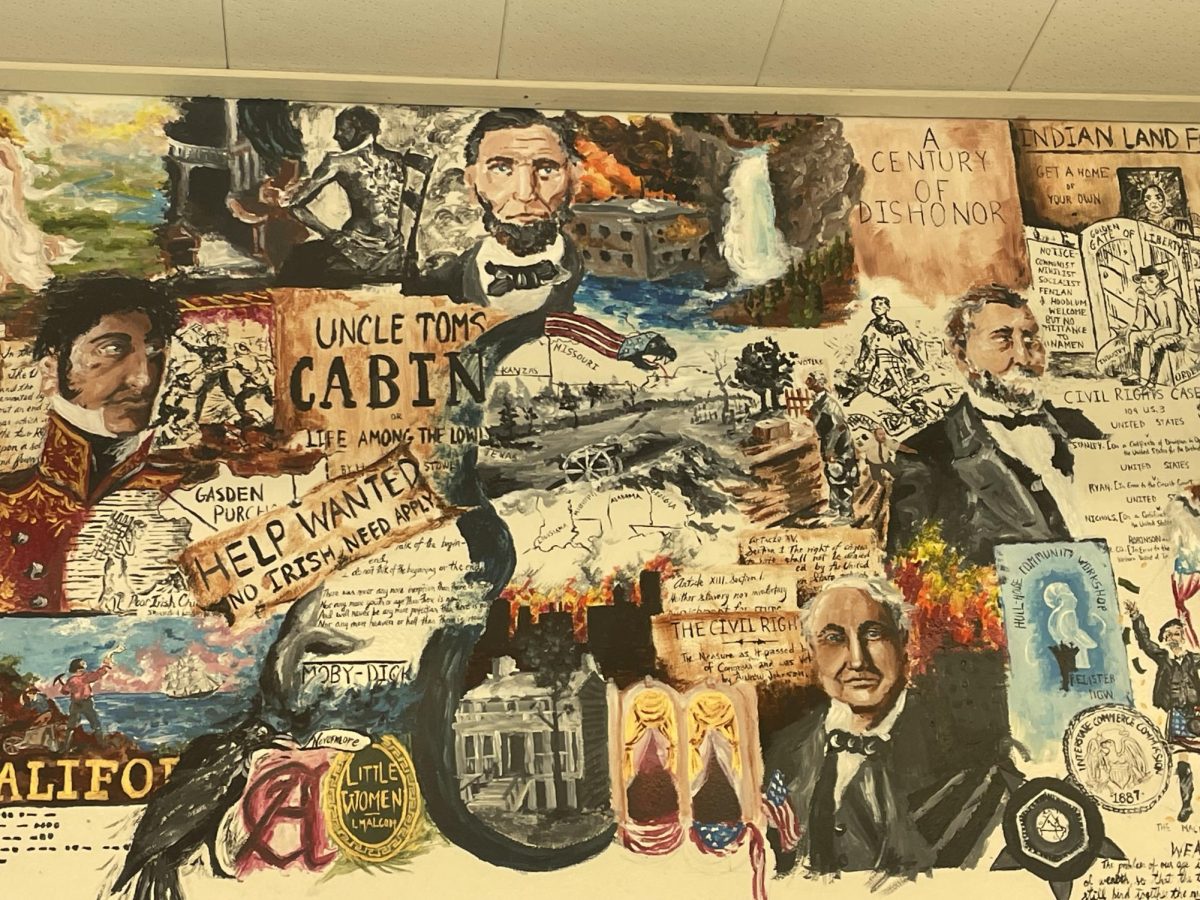
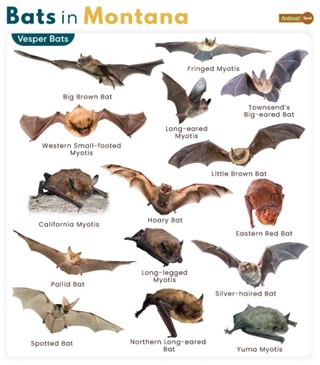
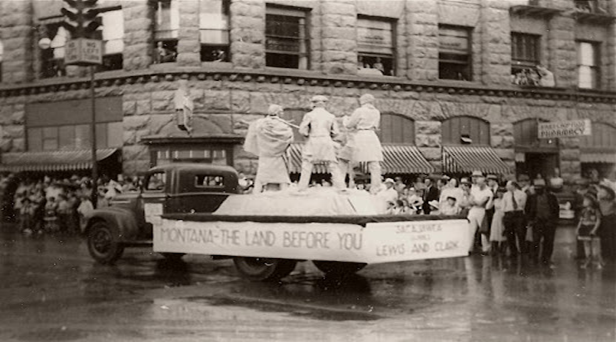


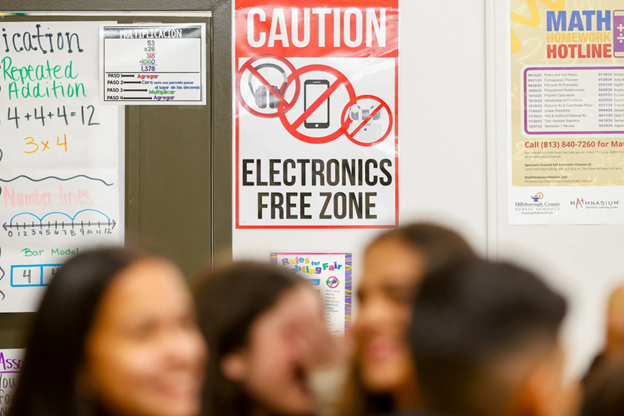
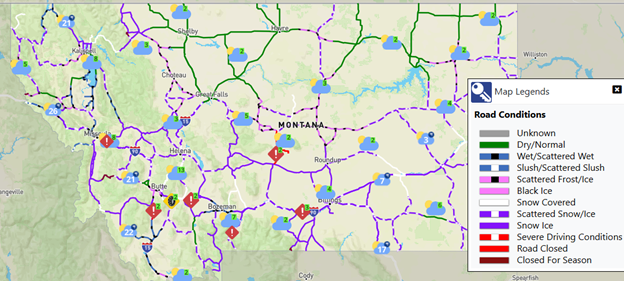
Malcolm Soller • Jan 13, 2024 at 6:45 PM
This was a great article and I think the course is better, because the old course was not teaching students enough civics. I also think that school next step to take in to get students more entertained in what are learning in the classroom still needs improve, because some students are still glued to their phones way too much because those social media app make it so irresistible to look away from even though there are so much inappropriate material on there that needs to be removed because it younger audience does not see it because the neural circuit in their brains will become so roasted from the phone itself.